Left-Handed, Underline Gilt Dial 5513 Rolex Submariner
Stare for more than a millisecond at this 5513 and you’ll notice something is different . . .like really, really different. Call it an LHD, Destro, Southpaw, or just plain wrong, it is a 5513 Submariner with the crown on the left. It’s also an Underline and PCG, but that pales in comparison to the fact that the crown is on the wrong side. Did Rolex ever make such a thing prior to the Sprite? Well, that’s a fascinating question, glad you asked.

If the only difference is in the orientation, what’s to stop a morally bankrupt party from just modifying some internals and rotating things 180 degrees? Well, Rolex invariably put the serial engraving at 6 with reference at 12. If someone just rotated the dial, the numbers wouldn’t be in the right place. But we see a few four-digit Rolexes from history that are ‘LHD’ with the engravings still in the correct location. If the dial had just been rotated, they wouldn’t be. We’ve seen a left-handed 1803, two 6542s, Charlie Chaplin’s 4453, and a 6536 all from different corners of the world surface with ‘correct’ engravings still. So either there was a smart case forger working across many different models of Rolex in the 80s and selling all over the map in super tiny numbers or Rolex actually made these things. The latter actually seems more likely, but this is hotly debated today. This is the next one that’s been discovered: an underline, PCG, reversed 5513 Sub with correct engravings.


If we take for granted, for the sake of argument, that Rolex made these all, then the next logical question is why? There are two possibilities there. Either they were made at special request of clients, as Rolex would often bow to clients in this time. For example, look up the Shah of Iran ordering 8 unique Day-Dates under ref. 1831 (an exceptional 70s tale). However, Hanlon’s razor is the leading theory. It is perhaps even more likely that they’re simple errors that were then sold at discount under the rug at retailers. Consider that the casemaking process was quite a bit more manual back then. If someone entered the instructions backwards or was perhaps Australian, and viola you wind up with a reversed engraving. How do you make that marketable? Sell it the minority of the population that's right-brained. Rolex make errors, and have recently in the 116900. This is likely an old error that just wasn’t discovered for some time. Pretty interesting, right?

This example feels very, very honest. There's a deep scratch that's in the acrylic crystal, not dial, and I confirmed that with the seller. The dial has a light even spotting that we often see from gilt dials in this climate. The case is very strong and worn, not showing any signs of funny business. It's quite the watch and quite the history, coming from a well-regarded retailer in Spain.











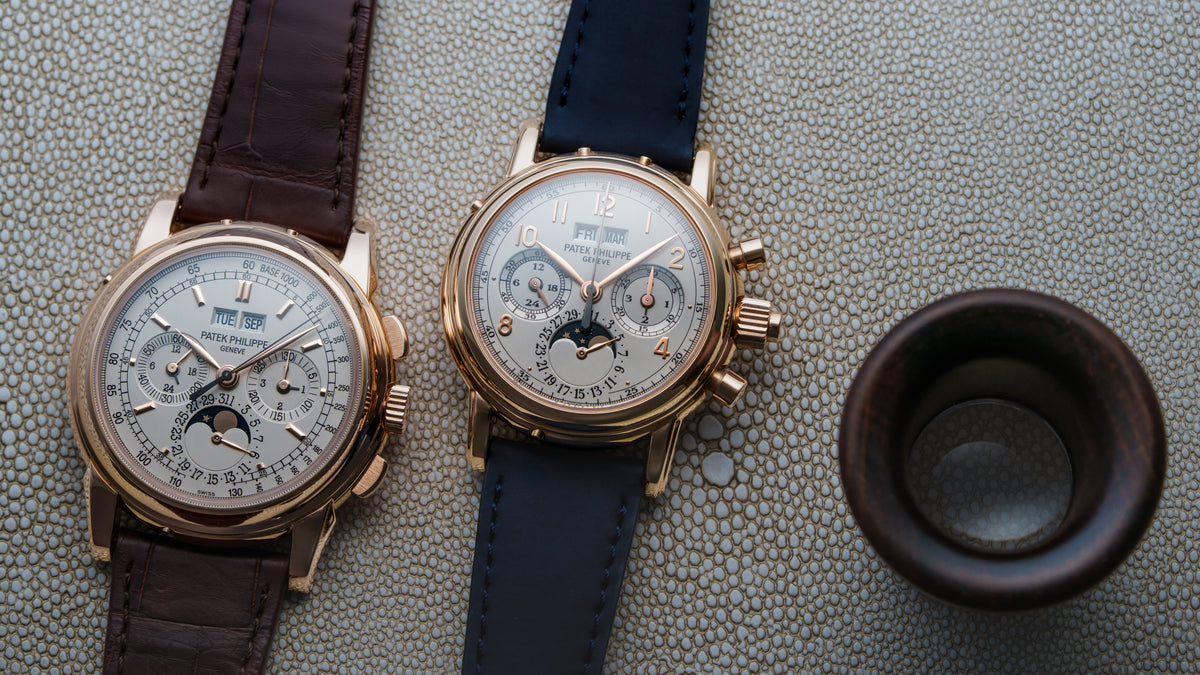
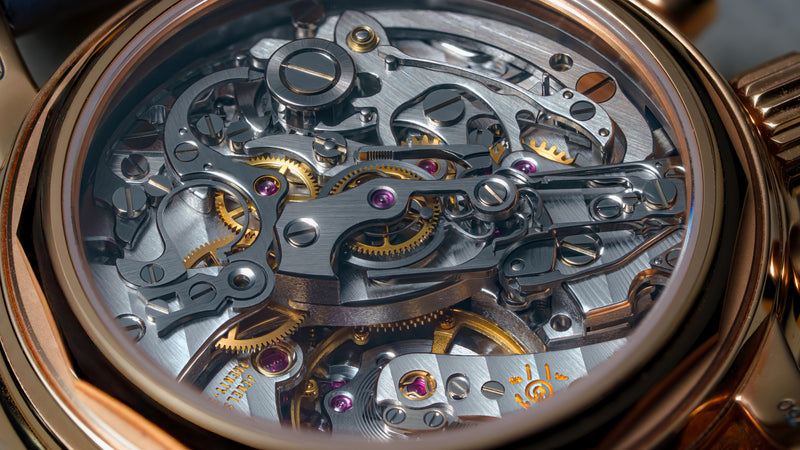












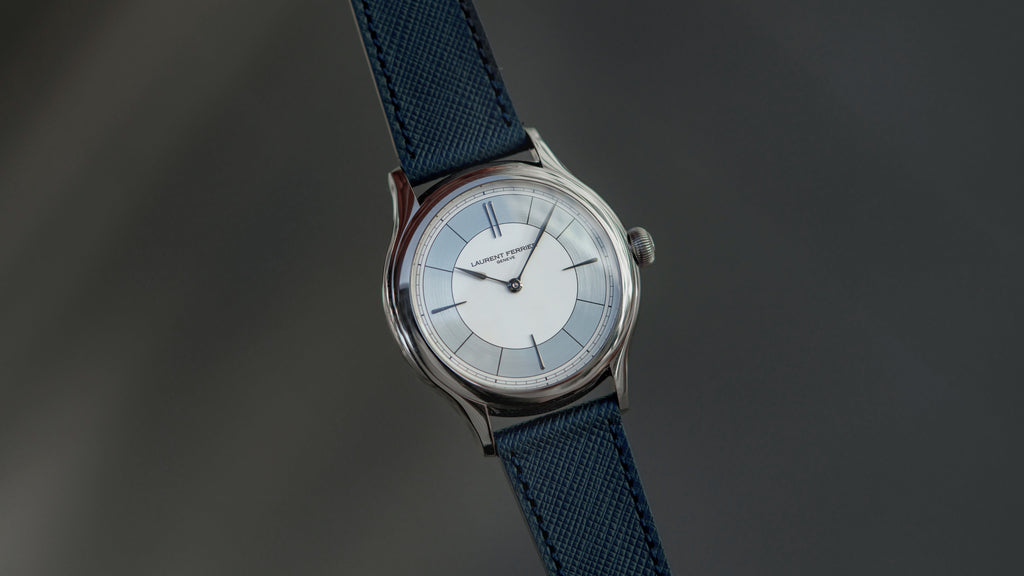

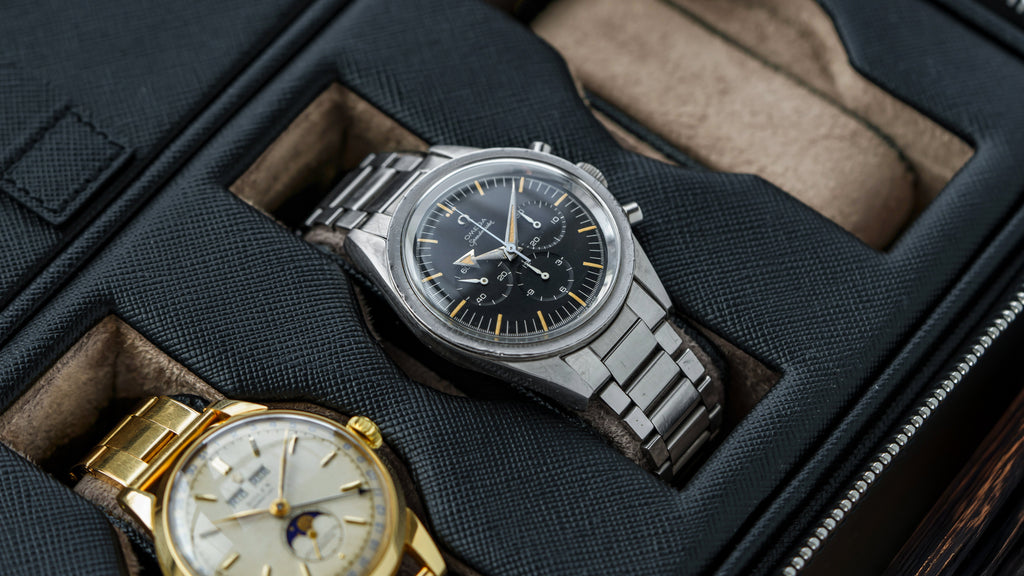
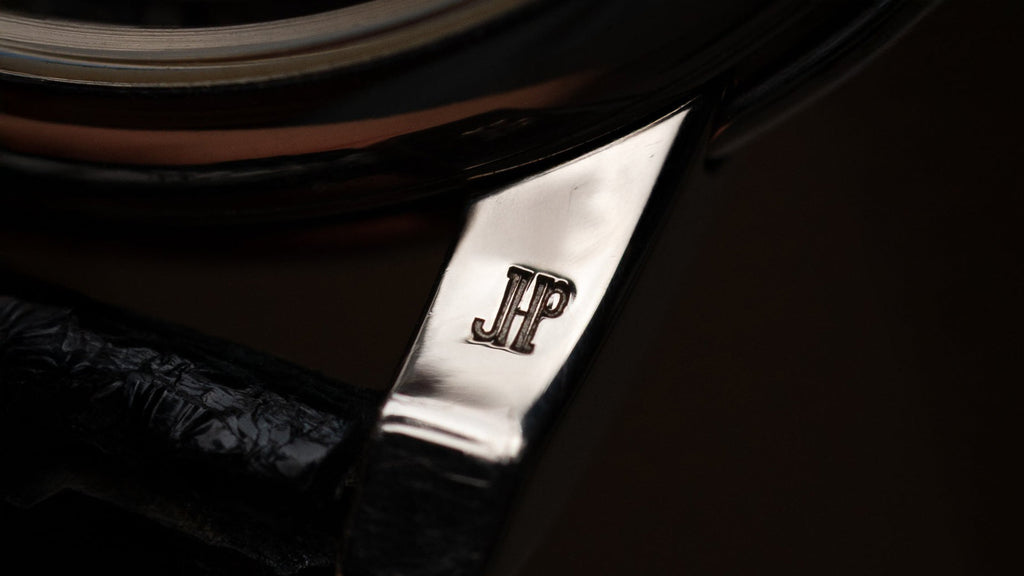
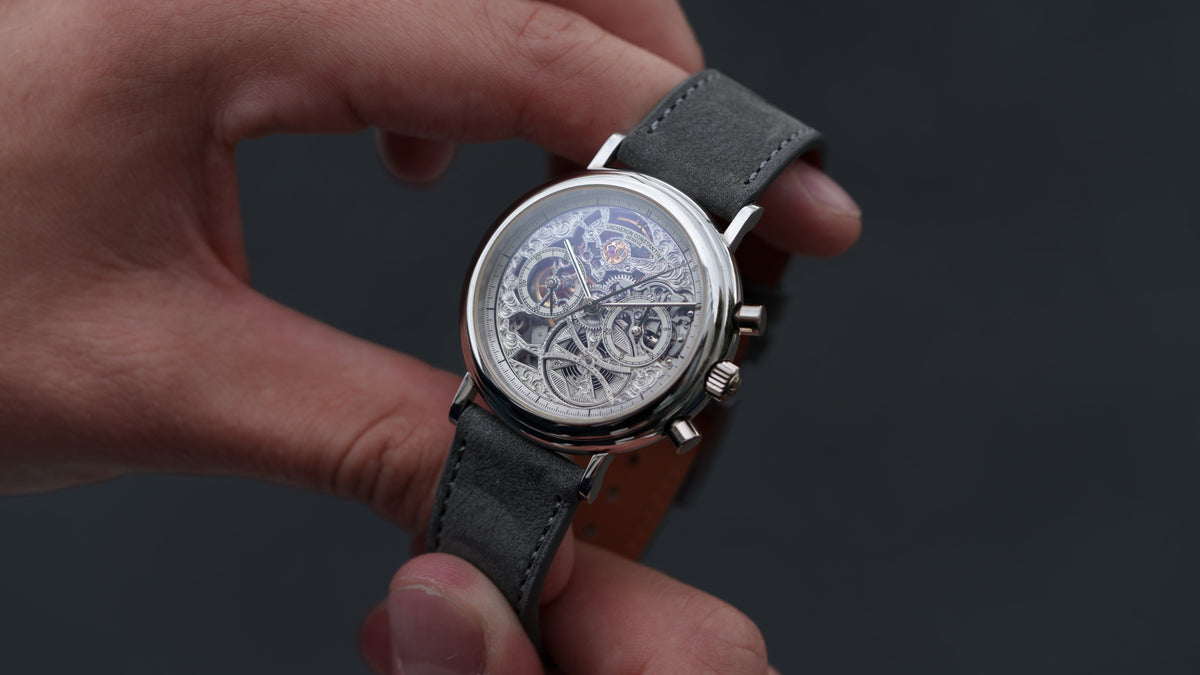
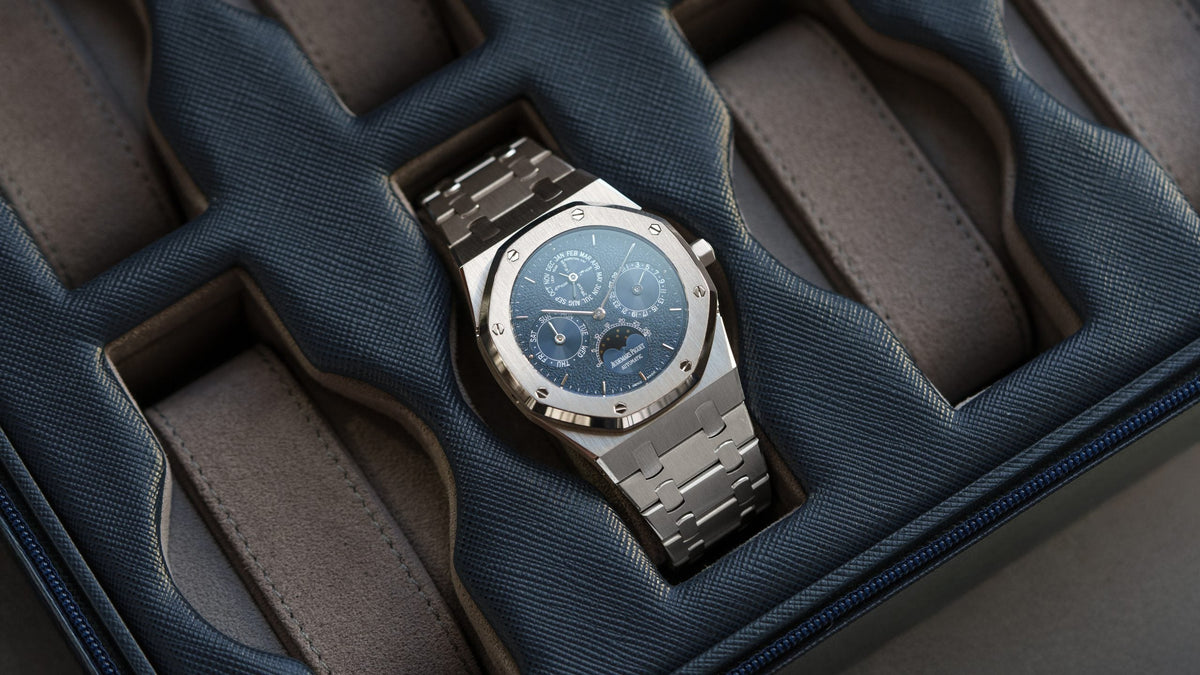
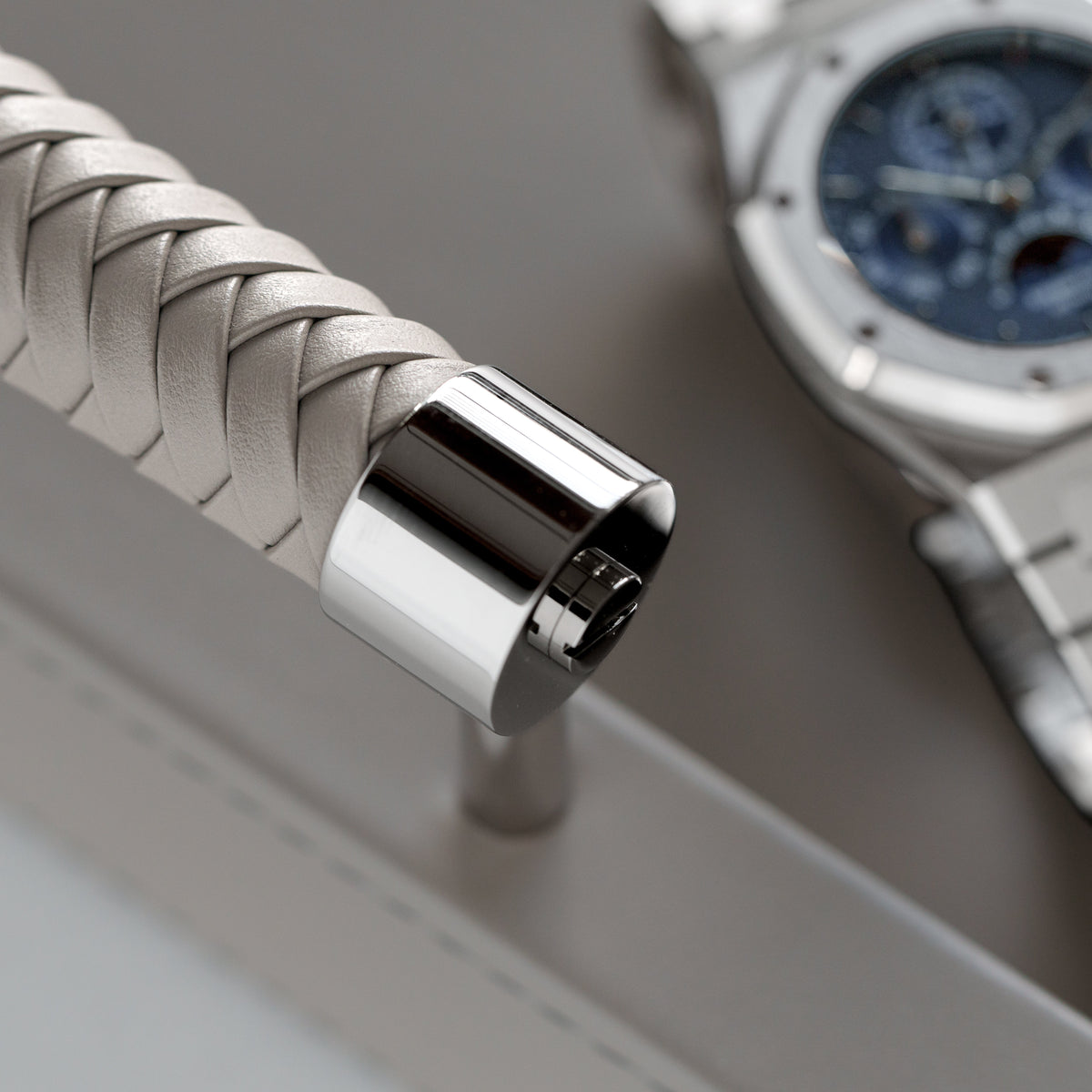
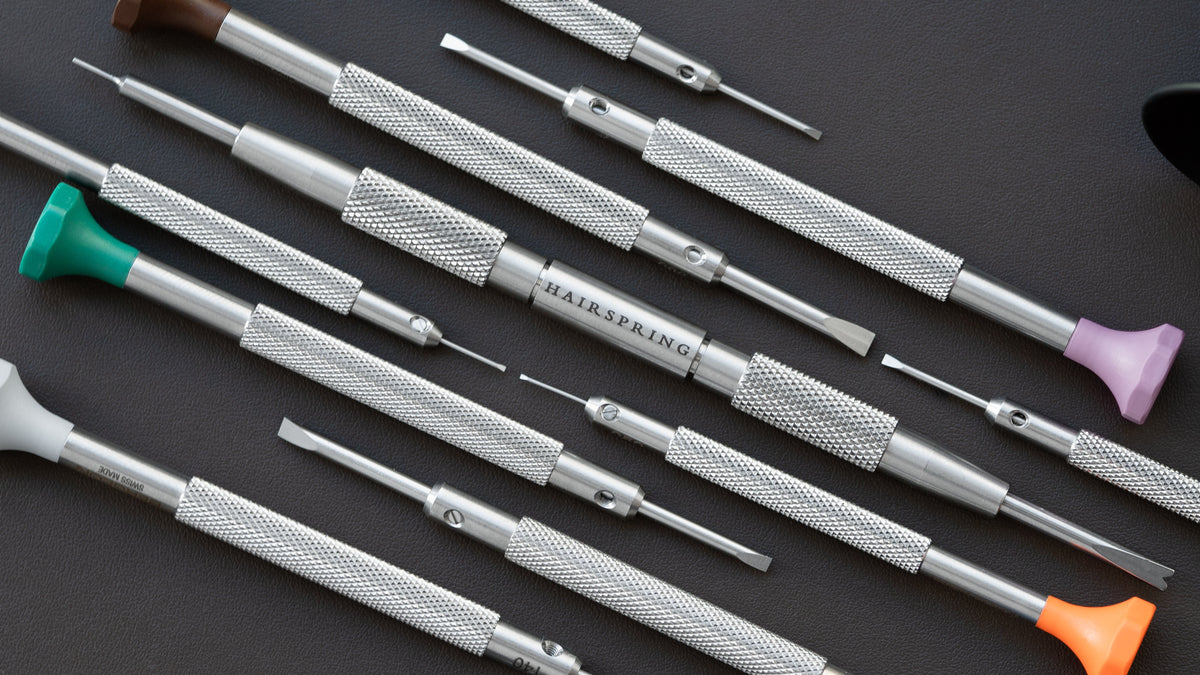
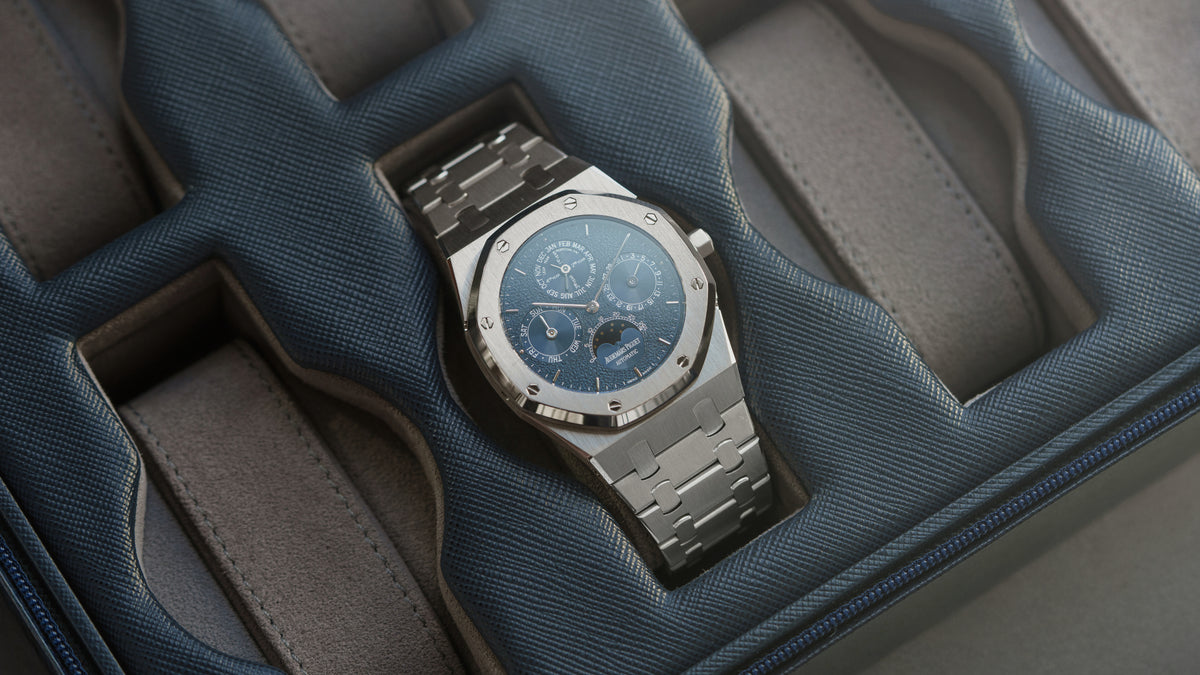
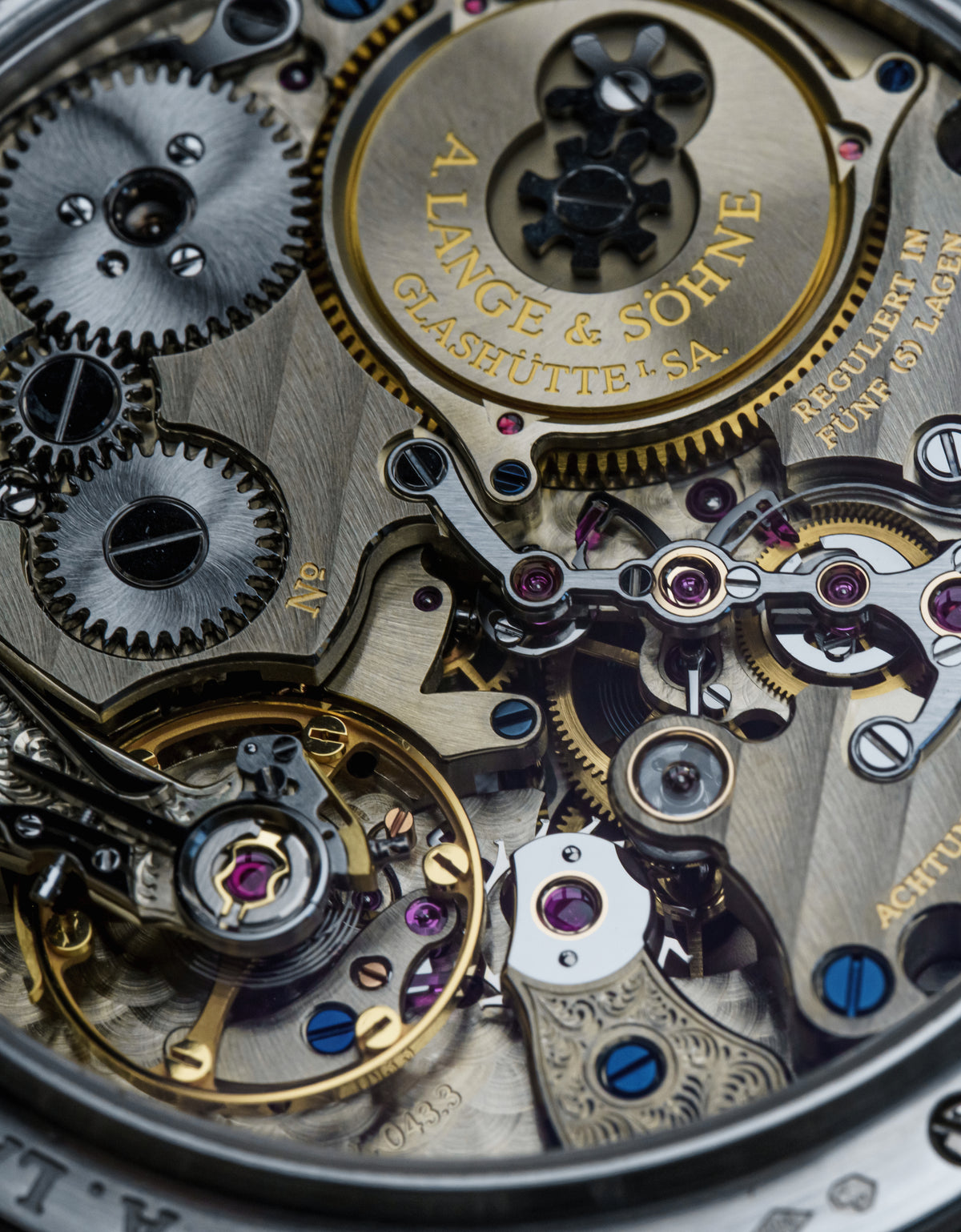
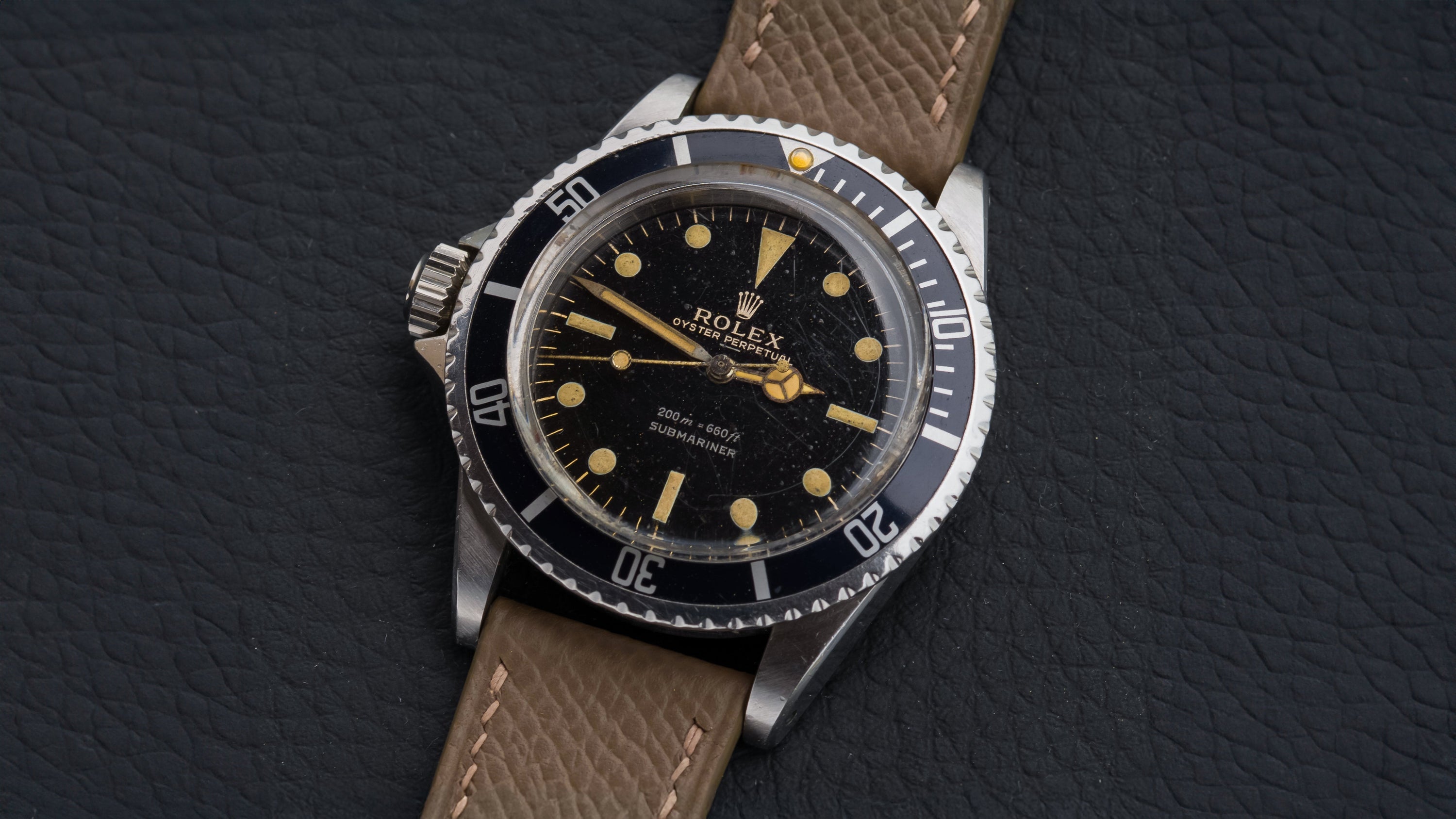
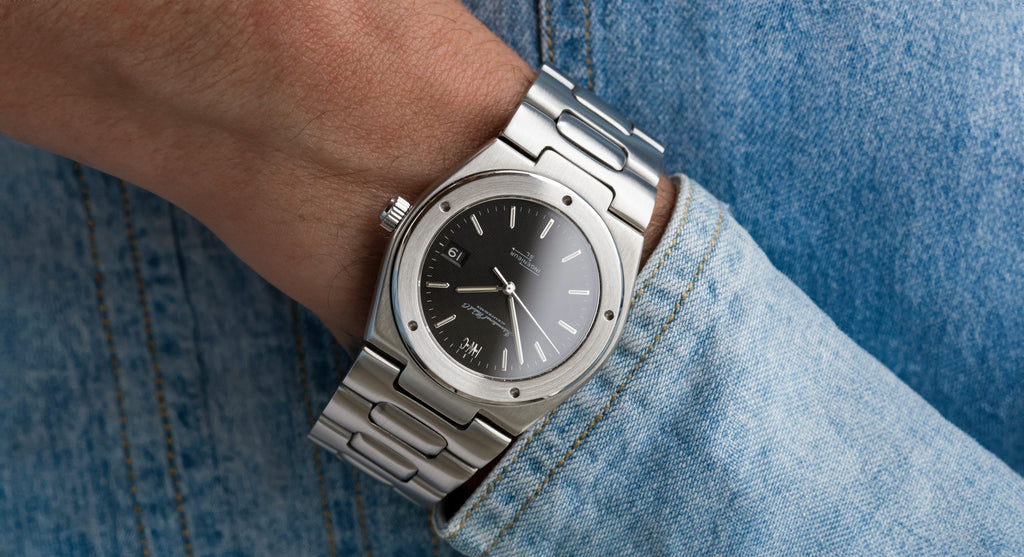
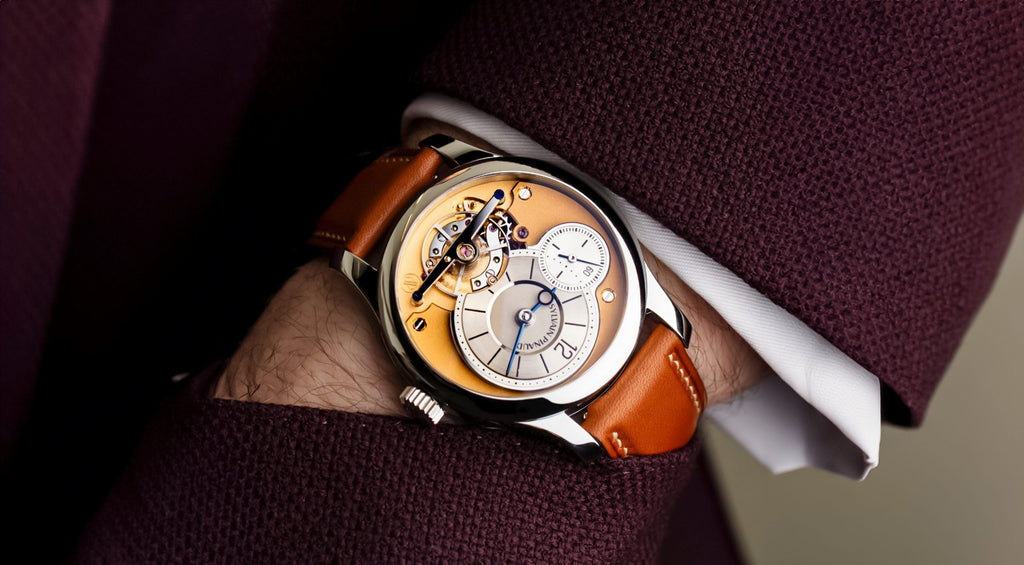

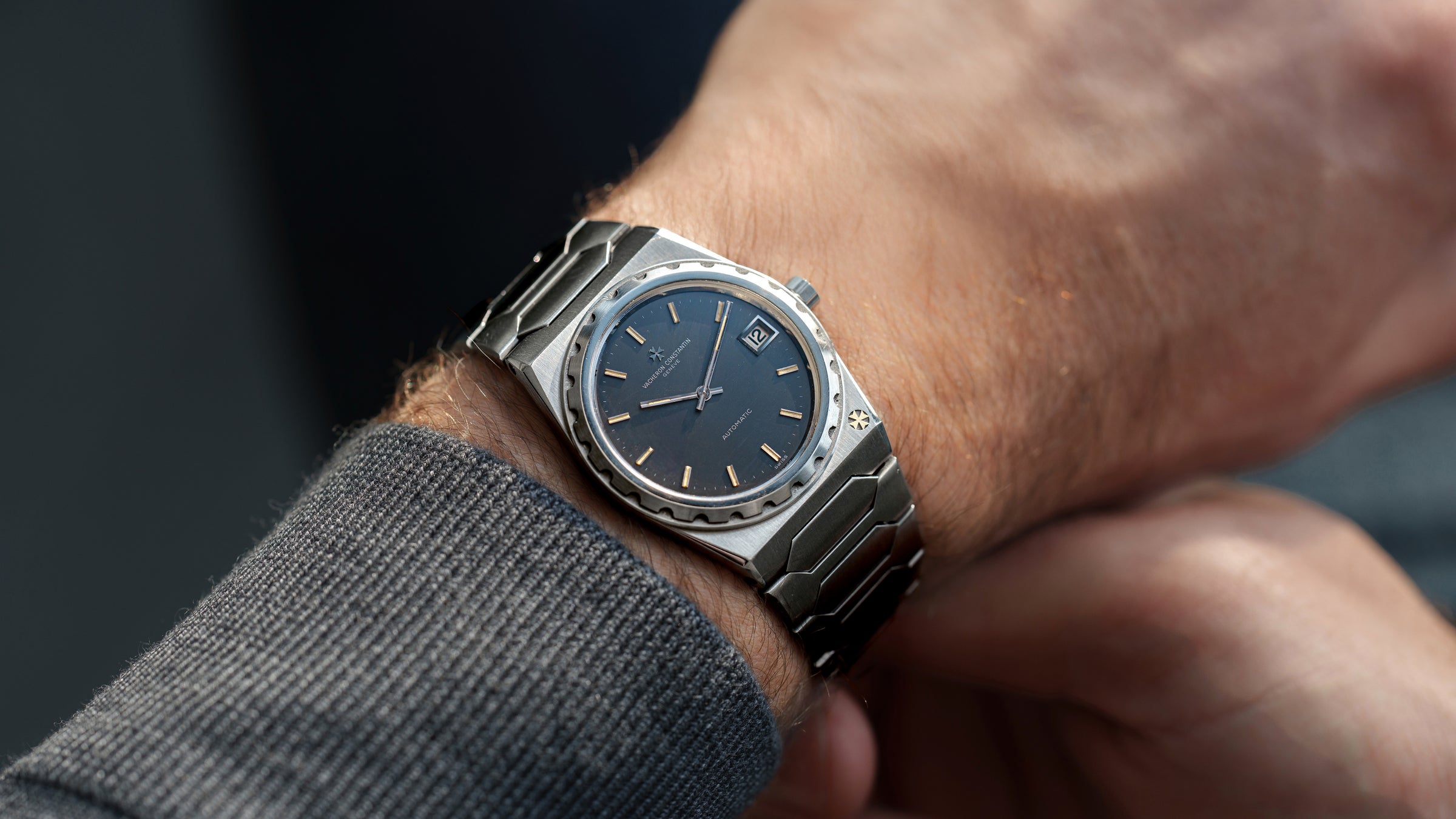
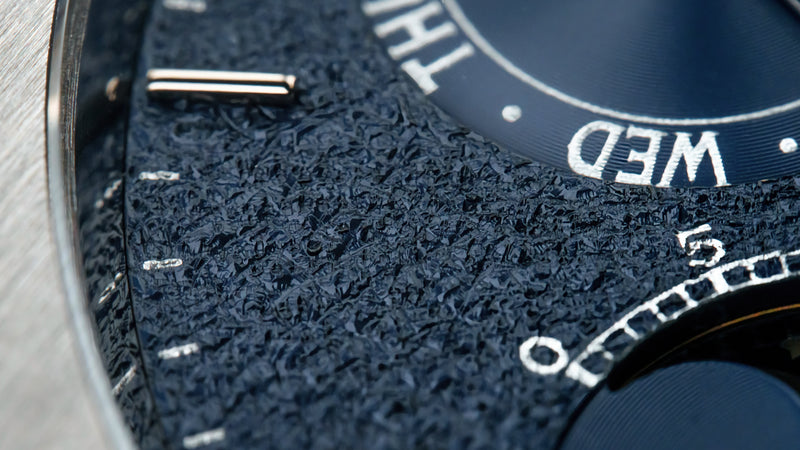

0 comments
Write a Comment